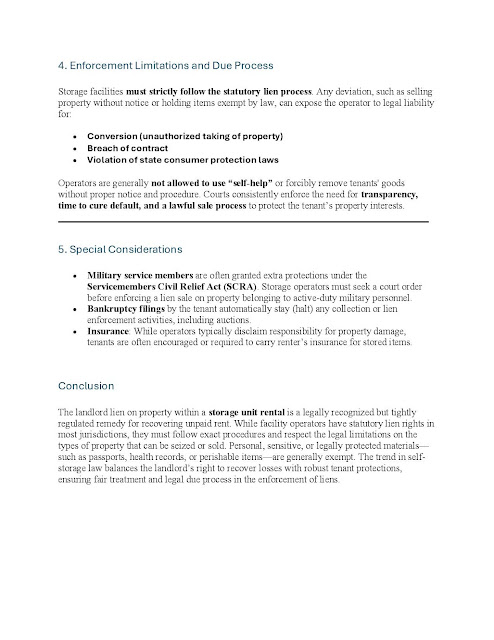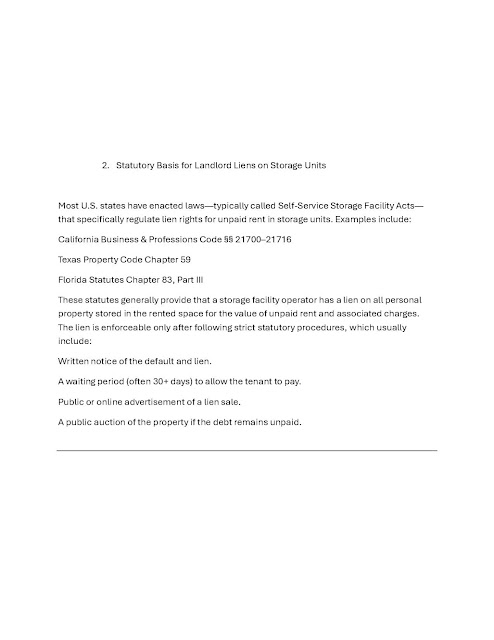Allegations Against Your-Storage-Units – A Legal Perspective on Property Rights and Criminal Liability the business known as Your-Storage-Units operates as a self-storage facility that provides space for storing personal and tangible property. However, the company is now allegedly involved in a serious legal controversy involving the unlawful withholding of property and potential identity theft concerning a customer, Plaintiff Jermaine Morton. These allegations, if true, raise significant legal questions under Florida criminal and civil law, including the potential violations of property rights, theft statutes, conversion, and identity theft laws. I. Legal Foundation: Property Rights and Statutory Protections The foundational principle in U.S. and Florida property law is the right of ownership, which includes the ability to access, use, and control one’s personal property. Personal property can be tangible (e.g., furniture, electronics, clothing) or intangible (e.g., digital accounts, patents). According to the U.S. Constitution, including the Fifth and Fourteenth Amendments, individuals cannot be deprived of their property without due process of law. In this context, self-storage units hold special legal status. Under Florida law, a storage facility may deny access to a renter's property after five days of non-payment (Florida Self-Storage Facility Act, Chapter 83, Part III, Florida Statutes). However, there are still clear legal procedures the facility must follow before enforcing a lien or auctioning off contents. Violating these procedures can constitute civil liability or criminal wrongdoing. II. Allegation One: Withholding Access to Tangible Property The first and most prominent allegation is that Your-Storage-Units wrongfully withheld access to Plaintiff Jermaine Morton’s tangible personal property. In legal terms, this may constitute: Conversion: Defined in tort law as the unauthorized exercise of ownership rights over another’s property. If Your-Storage-Units knowingly prevented Morton from accessing or reclaiming his property without lawful justification, this action can be classified as conversion. Replevin: Florida allows a wronged party to file a replevin action to reclaim property that has been unlawfully withheld. This is a common civil remedy in disputes involving personal possessions. Theft or Larceny: Under Florida Statutes §812.014, theft includes knowingly obtaining or using someone else's property with the intent to deprive them of its use or benefit. If the facility withheld property with this intent, the action could escalate into a criminal charge of theft or larceny. Importantly, personal belongings such as clothing, electronics, or essential personal items do not fall under “real property” rules and must be returned or handled according to due process. Special exemptions apply to items such as prescription medications or medical equipment, which cannot be legally seized. III. Allegation Two: Identity Theft The second, and potentially more serious allegation, is that Your-Storage-Units allegedly engaged in identity theft, which is governed by Florida Statute §817.568.














































Comments
Post a Comment